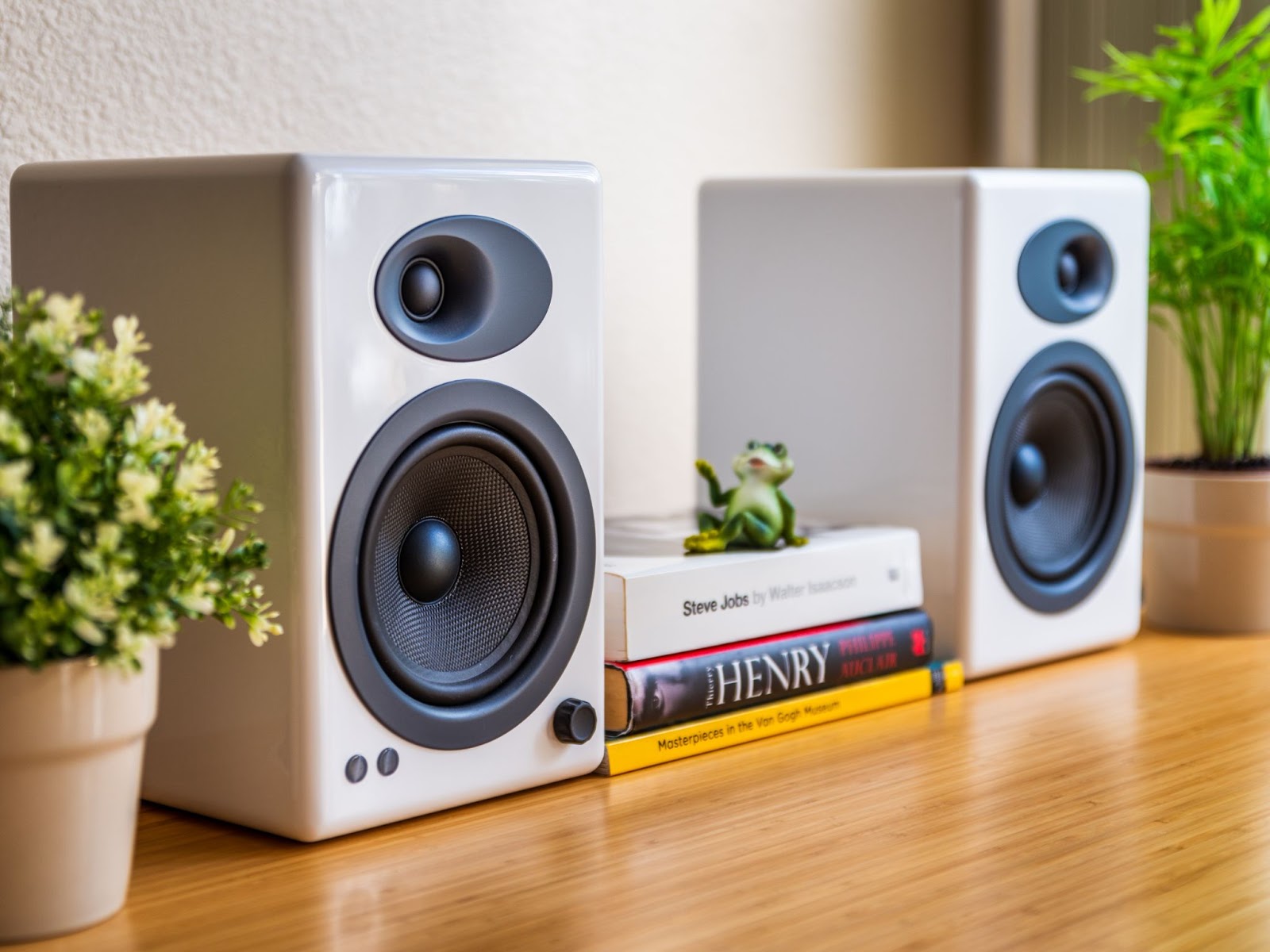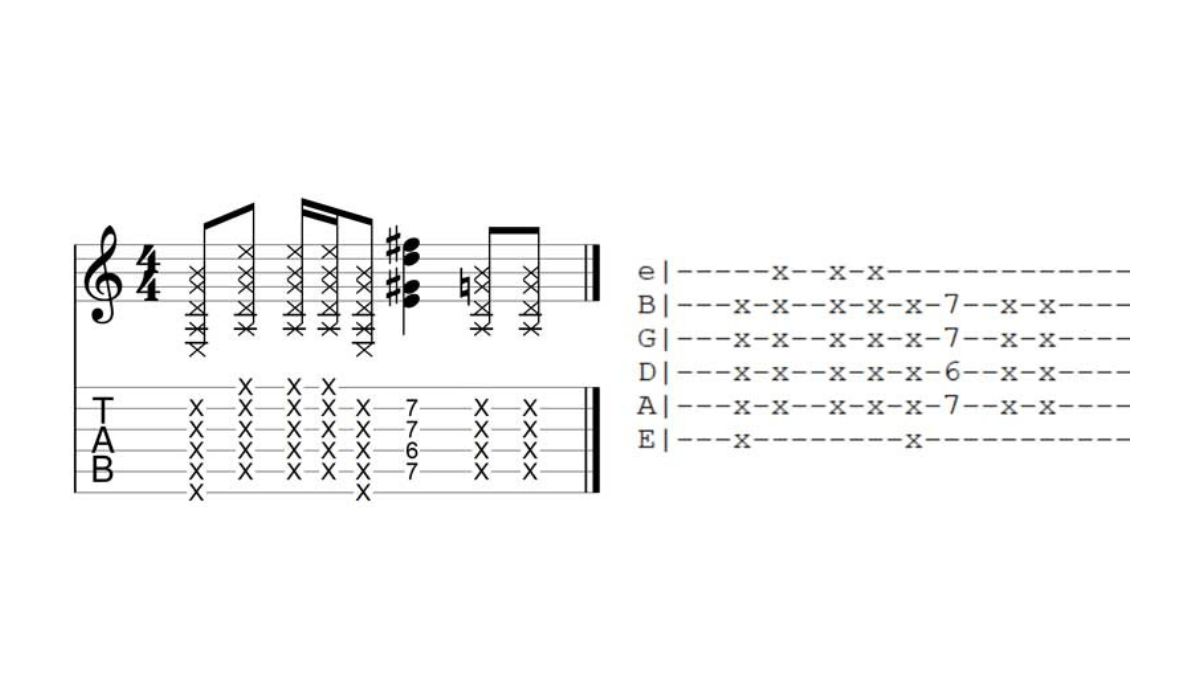Home>Instruments>Drums>What Does “Shell Pack” Mean For Drums


Drums
What Does “Shell Pack” Mean For Drums
Published: February 8, 2024
Discover the meaning of "shell pack" in the world of drums and how it impacts your drumming experience. Learn about the significance of shell packs for drummers.
(Many of the links in this article redirect to a specific reviewed product. Your purchase of these products through affiliate links helps to generate commission for AudioLover.com, at no extra cost. Learn more)
Table of Contents
Introduction
When delving into the world of drums, one often encounters the term "shell pack." This phrase holds significant importance for drummers and percussion enthusiasts, as it directly influences the sound, quality, and versatility of the instrument. Understanding the concept of shell packs is crucial for anyone seeking to explore the realm of drums, whether as a beginner or a seasoned musician.
In the realm of drumming, a shell pack refers to the set of drums that includes the individual components of the kit, such as the toms, snare, and bass drum. Unlike a complete drum set, a shell pack does not typically include hardware or cymbals. The term "shell" specifically denotes the drum's body, excluding the hardware and other accessories. This distinction is fundamental in comprehending the significance of a shell pack in the context of drumming.
The composition of a shell pack varies based on the preferences and requirements of the drummer. It offers a level of customization and personalization that is highly valued in the drumming community. By selecting individual components, drummers can tailor their setup to suit their playing style, musical genre, and performance needs. This flexibility is a defining feature of shell packs and contributes to their widespread popularity among drummers of all levels.
In this article, we will explore the concept of shell packs in greater detail, shedding light on their significance, benefits, and considerations when selecting the most suitable option. Whether you are a novice drummer looking to assemble your first kit or an experienced musician seeking to refine your sound, understanding the nuances of shell packs is essential for making informed decisions and maximizing the potential of your drumming experience. Let's embark on a rhythmic journey into the realm of shell packs and uncover the secrets that make them indispensable to drummers worldwide.
Understanding Shell Packs
At the core of a shell pack lies the essence of a drum kit – the shells themselves. These shells, which form the main body of the drums, are the heart of the instrument, dictating its tonal characteristics and sonic capabilities. Understanding the components and construction of a shell pack is essential for grasping its significance within the realm of drumming.
A typical shell pack consists of various drums, each with its own distinct size and purpose. The most common components include the bass drum, snare drum, and a combination of mounted toms. The sizes and dimensions of these drums can vary significantly, influencing the overall sound and aesthetic of the kit. For instance, larger bass drums produce deeper, resonant tones, while smaller toms offer higher-pitched, more focused sounds. This diversity in drum sizes allows drummers to craft a setup that aligns with their artistic vision and musical preferences.
Shell packs are available in a range of configurations, catering to different playing styles and genres. For example, jazz drummers may opt for a shell pack with smaller, shallower drums that produce articulate, nuanced tones ideal for intricate rhythmic patterns. On the other hand, rock and metal drummers often favor larger, deeper drums that deliver powerful, thunderous sounds capable of cutting through amplified instrumentation.
Moreover, the materials used to construct the drum shells significantly impact their sonic properties. Common materials include maple, birch, mahogany, and acrylic, each offering distinct tonal characteristics and aesthetic appeal. For instance, maple shells are celebrated for their warm, balanced sound, while birch shells are renowned for their bright, focused tones with pronounced attack. Understanding these nuances empowers drummers to make informed decisions when selecting a shell pack that aligns with their sonic preferences and performance requirements.
Furthermore, the bearing edges of the drum shells play a pivotal role in shaping their sound. The contour and precision of these edges influence the drum’s resonance, sustain, and overall tonal profile. Whether a drum features sharp, focused edges for enhanced attack or rounded, more gradual edges for increased warmth and depth, the bearing edges contribute to the drum’s sonic character and playability.
By delving into the intricacies of shell packs, drummers gain a deeper appreciation for the artistry and craftsmanship involved in creating these fundamental components of a drum kit. The combination of shell sizes, materials, and construction techniques underscores the rich tapestry of options available within the realm of shell packs, offering a canvas for drummers to express their musical identity and sonic aspirations.
Benefits of Shell Packs
Shell packs offer a myriad of benefits that resonate with drummers across diverse musical landscapes. Their inherent versatility, customization options, and sonic potential make them indispensable components of a drummer’s toolkit. Understanding the advantages of shell packs illuminates their significance in shaping the drumming experience and elevating the art of percussion.
- Versatility: One of the primary advantages of shell packs lies in their versatility. By assembling a custom configuration of drums, drummers can adapt their setup to suit various musical genres and performance settings. Whether it’s crafting a compact jazz kit with smaller drums or constructing an expansive rock kit with thunderous toms and a commanding bass drum, shell packs empower drummers to tailor their sound to the specific demands of their musical endeavors.
- Customization: Shell packs provide a platform for extensive customization, allowing drummers to curate a kit that aligns with their unique playing style and sonic preferences. From selecting specific drum sizes and materials to choosing the desired finish and hardware options, the ability to personalize every aspect of the kit fosters a sense of ownership and artistic expression. This level of customization enables drummers to create instruments that resonate with their individuality and musical vision.
- Sound Quality: The modular nature of shell packs facilitates the construction of a kit with carefully chosen components, resulting in a cohesive and harmonious sound. Drummers can handpick drums with complementary tonal characteristics, ensuring that each drum contributes to a unified sonic palette. This deliberate curation of sounds enhances the overall quality and coherence of the drum kit, enabling drummers to achieve a balanced and expressive sound that resonates with their artistic sensibilities.
- Investment Value: Shell packs offer a long-term investment value, as they allow drummers to upgrade and expand their kit over time. Unlike complete drum sets that may limit customization options, shell packs serve as a foundation upon which drummers can build and refine their setup. Whether it involves adding new drums, experimenting with different shell materials, or integrating innovative hardware, shell packs provide a versatile framework for ongoing exploration and enhancement.
Embracing the benefits of shell packs empowers drummers to embark on a journey of sonic discovery and artistic evolution. The inherent flexibility, customization opportunities, and sonic excellence offered by shell packs resonate with drummers seeking to carve their musical identity and elevate their rhythmic expression to new heights.
Considerations When Choosing a Shell Pack
When embarking on the quest for the perfect shell pack, several key considerations come into play, guiding drummers toward a selection that aligns with their musical aspirations and performance requirements. By navigating these essential factors, drummers can make informed decisions and curate a shell pack that embodies their artistic vision and sonic ideals.
- Playing Style and Genre: Understanding one’s playing style and preferred musical genre is paramount when selecting a shell pack. Different musical styles demand distinct sonic characteristics, and the choice of drums should reflect these nuances. Whether it’s the articulate response of smaller drums for jazz or the powerful projection of larger drums for rock, tailoring the shell pack to complement the intended musical context is essential for achieving an authentic and impactful sound.
- Shell Materials: The selection of shell materials profoundly influences the tonal properties of the drums. Considering factors such as warmth, projection, and sustain can guide drummers toward materials that resonate with their sonic preferences. Whether it’s the rich, resonant qualities of maple, the focused articulation of birch, or the vintage warmth of mahogany, the choice of shell materials plays a pivotal role in shaping the overall sound of the kit.
- Drum Sizes and Configurations: The sizes and configurations of the drums within a shell pack significantly impact their sonic characteristics and playability. Drummers must consider the interplay of drum sizes, including the depth and diameter of the toms and the dimensions of the bass drum and snare. Balancing these elements to achieve a cohesive and versatile setup is essential for creating a kit that meets the demands of diverse musical settings and performance scenarios.
- Bearing Edge Profile: The bearing edge profile of a drum shell influences its resonance, sustain, and tonal response. Whether it’s a sharp, focused edge for enhanced attack or a rounded, more gradual edge for warmth and depth, the bearing edge profile contributes to the drum’s sonic character. Understanding and selecting bearing edge profiles that align with one’s tonal preferences is crucial for shaping the overall sound of the shell pack.
- Hardware and Finish Options: Beyond the shells themselves, considering hardware and finish options is integral to crafting a comprehensive shell pack. Factors such as hardware durability, aesthetic appeal, and functional features play a role in enhancing the overall playing experience. From robust mounting systems to visually striking finishes, the supplementary elements of a shell pack contribute to its functionality, visual allure, and tactile satisfaction.
By carefully weighing these considerations, drummers can navigate the diverse array of shell packs available in the market and curate a setup that resonates with their musical identity and expressive aspirations. The thoughtful integration of playing style, shell materials, drum sizes, bearing edge profiles, and supplementary features culminates in a shell pack that serves as a faithful companion in the rhythmic odyssey of the drummer.
Conclusion
In the realm of drumming, the concept of a shell pack transcends mere components; it embodies a symphony of sonic possibilities, artistic expression, and personalized craftsmanship. The journey into the world of shell packs unveils a tapestry of options, considerations, and sonic nuances that resonate deeply with drummers seeking to define their musical identity and elevate their rhythmic voice.
From the versatile configurations that cater to diverse musical genres to the meticulous selection of shell materials that shape tonal landscapes, the allure of shell packs lies in their capacity to serve as a canvas for artistic exploration. The benefits they offer, including versatility, customization, sonic excellence, and long-term investment value, underscore their indispensable role in the arsenal of drummers worldwide.
As drummers navigate the considerations when choosing a shell pack, they embark on a voyage of sonic discovery, where playing style, shell materials, drum sizes, bearing edge profiles, and supplementary features converge to create a harmonious ensemble. Each decision reflects a commitment to sonic integrity and a quest for the perfect amalgamation of form, function, and musical resonance.
Ultimately, the allure of shell packs lies not only in their tangible components but also in the intangible essence they embody – the spirit of rhythmic innovation, the pursuit of sonic excellence, and the celebration of individuality. Through the art of assembling a shell pack, drummers breathe life into their musical aspirations, sculpting a sonic identity that resonates with their artistic sensibilities and expressive yearnings.
As the heartbeat of the drumming experience, shell packs stand as a testament to the profound connection between the drummer and their instrument, encapsulating the synergy of craftsmanship, creativity, and sonic ingenuity. With each beat, each rhythm, and each performance, the shell pack becomes a conduit for the drummer’s voice, amplifying their musical narrative and enriching the sonic tapestry of the world.
In the symphony of drumming, the shell pack embodies the rhythmic odyssey, where each component, each consideration, and each sonic revelation converges to shape a melodic journey of boundless possibilities and expressive resonance.











